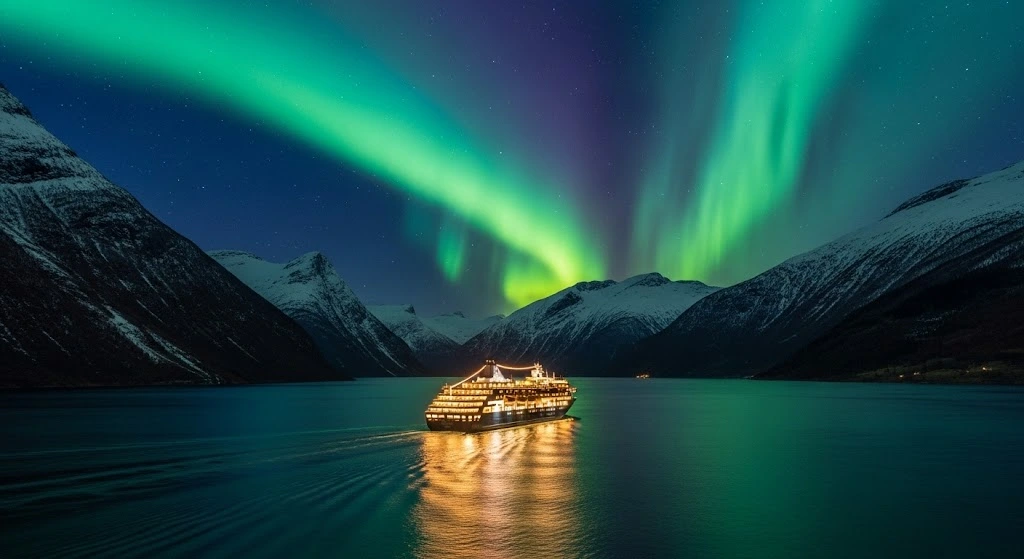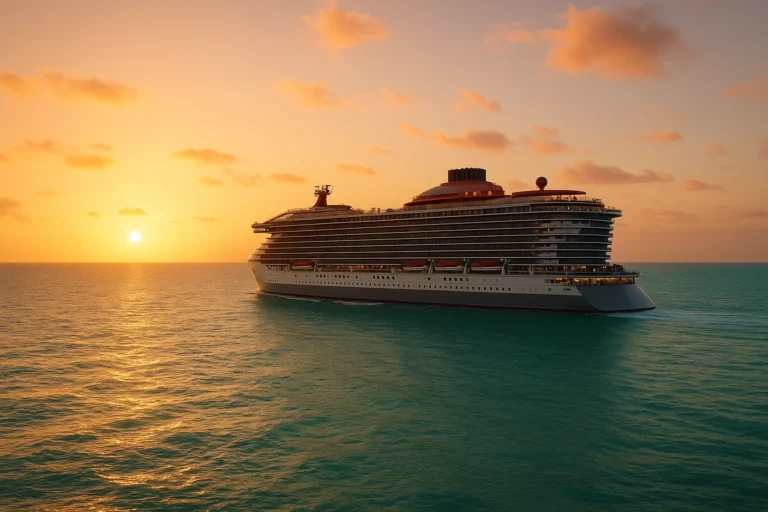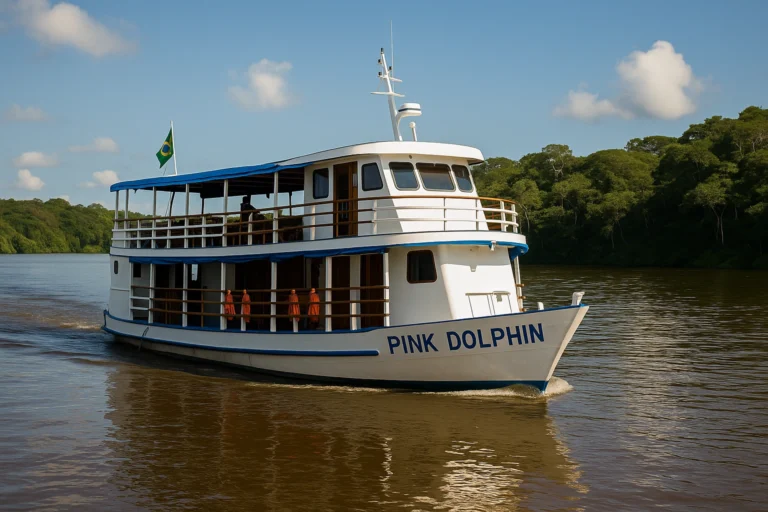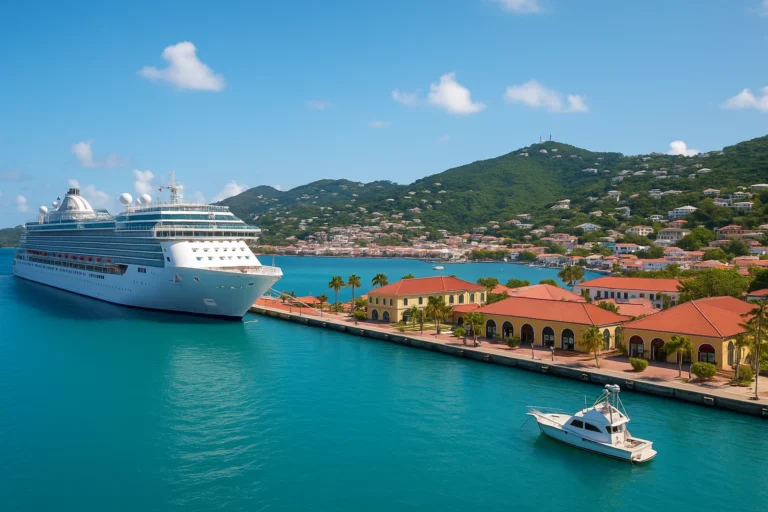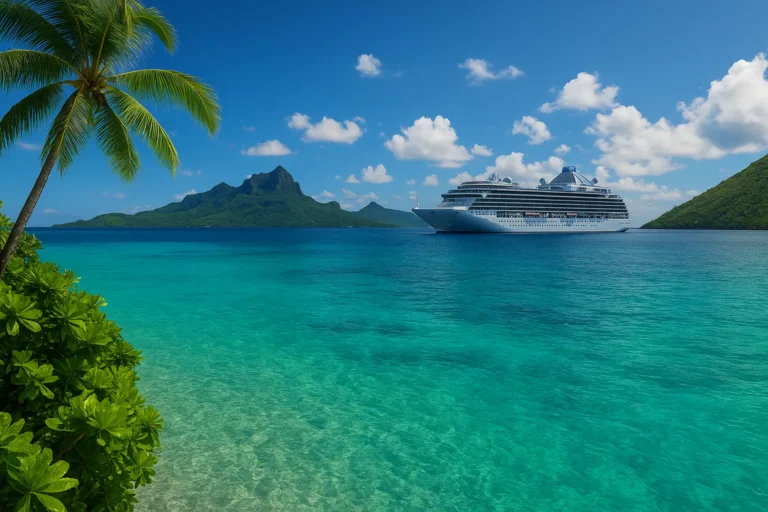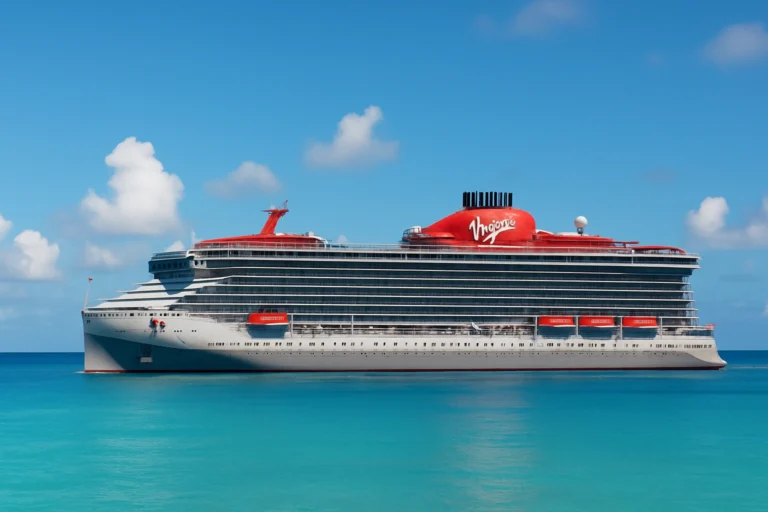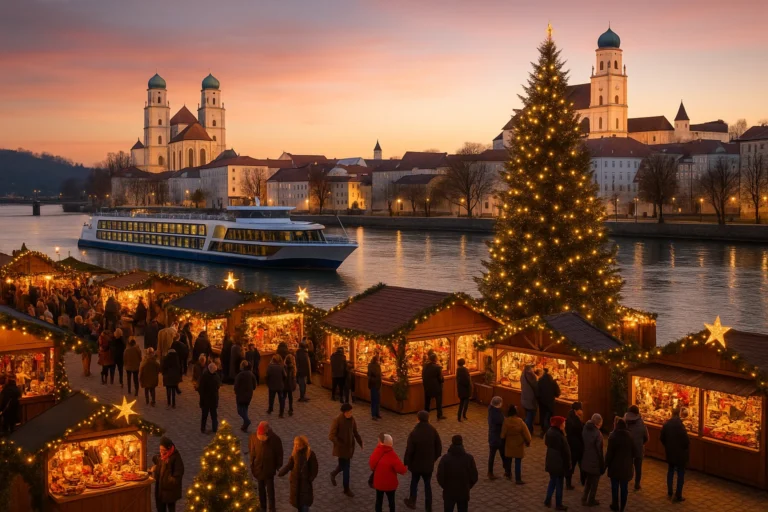Best Month to Cruise Norway for Northern Lights
Witnessing the Northern Lights, or Aurora Borealis, is a bucket-list experience for many travelers worldwide. Cruising Norway’s breathtaking coastline offers a unique and incredibly comfortable way to chase this celestial phenomenon. Imagine being tucked away in a warm, cozy ship, with panoramic views of the Arctic sky, ready for nature’s greatest light show to begin. However, to truly maximize your chances of seeing the lights, **timing is absolutely crucial**. This comprehensive article will guide you to the **best month for a Norway cruise specifically focused on Northern Lights viewing** in 2025 and beyond.
Understanding the Aurora Season in Norway 🌌
The Northern Lights season in Norway typically spans from **late September to late March**. During these months, the Arctic region experiences long periods of darkness, providing the ideal canvas for the aurora’s ethereal dance across the night sky. While this entire period offers a possibility of sightings, not all months within this window are equally favorable, and understanding the nuances can significantly impact your experience.
Why the Winter Months are Key ❄️
The fundamental requirement for seeing the Northern Lights is darkness. The aurora is caused by solar particles interacting with the Earth’s atmosphere, emitting light. This light, while incredibly bright, needs a dark backdrop to be truly visible to the human eye. Thus, cruising during Norway’s extended winter nights is essential.
Why Not Summer? 🚫☀️
While Norway is undeniably stunning during the summer months, with its majestic fjords and lush landscapes, it’s simply **too bright to see the Northern Lights**. The phenomenon of the “midnight sun” means that above the Arctic Circle, the sun either never sets or only dips below the horizon for a very short period, resulting in continuous daylight or twilight conditions. This extended daylight makes it entirely impossible for the aurora to be seen, no matter how strong the solar activity is.
The Best Month: Finding Your Sweet Spot for Aurora Viewing 🎯
The consensus among aurora chasers and experts suggests that the **best month to cruise Norway specifically for the Northern Lights is generally considered to be February**. This particular month offers a near-perfect alignment of several crucial factors that collectively enhance your chances of witnessing this natural wonder:
February’s Optimal Conditions:
- Long, Dark Nights: February provides some of the longest hours of deep darkness in Norway, especially in the northern regions. This extended period of night offers ample opportunity for the aurora to appear and for you to spend time observing it.
- Statistically Clearer Skies: While weather in the Arctic is always unpredictable, historical data suggests that February tends to have a higher likelihood of clear skies compared to earlier winter months like December or January. Fewer clouds mean fewer obstructions between you and the aurora.
- More Stable Weather Patterns: Generally, February often sees more stable and less stormy weather conditions than the early winter. This means smoother sailing and less chance of tours being cancelled due to high winds or heavy snowfall.
- Moderately Cold Temperatures: While it’s still undeniably cold in February, it can often be slightly milder than the bitter chill of January. This makes standing out on deck for extended periods, waiting for the lights, a bit more comfortable and enjoyable.
Other Favorable Months for Aurora Cruises 🗓️
While February often takes the top spot, other months within the aurora season offer excellent possibilities and might align better with your travel schedule or other interests:
Late September & October: Autumn Aurora 🍂
- Pros: The nights are rapidly getting longer, offering increasing darkness. The autumn foliage provides a beautiful, colorful backdrop to the landscape. Less severe cold compared to deep winter.
- Cons: Weather can be more unsettled and prone to rain or early snow. Chances of clear skies might be slightly lower than in peak winter.
March: Springtime Aurora 🌸
- Pros: Similar to February, March offers long nights and a reasonable chance of clear skies. As spring approaches, temperatures can be a touch warmer, and daylight hours start increasing, offering more daylight for scenic cruising.
- Cons: As the month progresses, the increasing daylight means a slightly shorter “dark window” for aurora viewing.
November, December & January: Deep Winter Aurora 🥶
- Pros: These months boast the absolute longest hours of darkness, maximizing your viewing window. You’ll experience the quintessential Arctic winter wonderland.
- Cons: Can be intensely cold with high chances of snow and potentially more cloud cover compared to February. Shorter daylight hours mean less scenic cruising during the day.
Crucial Factors Beyond the Month for Aurora Viewing ☁️✨
Even if you pick the “best” month, several dynamic factors will significantly influence your chances of actually seeing the Northern Lights. Being aware of these can help you manage expectations and optimize your experience:
Location, Location, Location! 📍
Cruising **further north within Norway** significantly increases your chances. The region above the Arctic Circle (like Tromsø, Alta, Kirkenes, or the North Cape) is known as the “Aurora Oval,” where auroral activity is most frequent and intense. Ensure your cruise itinerary spends ample time in these high-latitude areas.
Aurora Activity (Kp-Index) 📈
The intensity of the Northern Lights varies daily, sometimes hourly. This activity is measured by the **Kp-index**, a scale from 0 to 9. A higher Kp-index indicates stronger and more visible aurora. While you can’t control it, checking aurora forecasts (available on specialized apps or websites like spaceweather.com) before and during your cruise can help you anticipate good viewing nights.
Clear Skies are King 👑
**Cloud cover is the absolute biggest enemy of aurora viewing.** Even if there’s massive solar activity, dense clouds will block your view. Your cruise ship will often try to navigate to areas with clearer skies if conditions allow, but clear weather is ultimately down to luck.
Maximizing Darkness 🌑
Any light pollution, whether from cities or even the ship’s own lights, can diminish the aurora’s visibility, especially if it’s faint. Opt for cruises that sail away from populated areas at night. Onboard, try to find a spot on deck away from bright lights, or check if the ship offers “lights out” announcements for aurora viewing.
📂 Explore More in These Categories
Best Cruise Destinations in 2025: Caribbean, Europe & Bucket List Ports
Cruise Travel Tips – Expert Advice & Guides
Northern Europe Cruises: Fjords, Aurora & Best Routes (2025)
Essential Tips for Your Norway Northern Lights Cruise 💡
Choose a Northern Itinerary Wisely 🗺️
Select a cruise that specifically advertises a focus on the Northern Lights and travels well above the Arctic Circle. Lines like Hurtigruten, which operates year-round coastal voyages, are often ideal as they cover the prime viewing zones nightly.
Go During a New Moon (If Possible) 🌑
The darker the night sky, the better the contrast for the aurora. Plan your trip around a new moon phase to minimize natural moonlight interference.
Be Prepared for the Cold 🥶🧣
Arctic winter temperatures can be extremely low. Dress in multiple layers (base layer, mid-layer, outer shell), including thermal underwear, wool socks, waterproof and windproof jackets and pants, warm hats that cover your ears, thick gloves or mittens, and insulated, waterproof boots. You’ll be spending time outdoors, so staying warm is critical for an enjoyable experience.
Patience is a Virtue 🙏
The Northern Lights are a natural phenomenon and can be unpredictable. They might appear for only a few minutes or dance for hours. Be prepared to wait, and don’t get discouraged if you don’t see them on your first night. Many ships have an aurora alert system or will make announcements when the lights appear.
Master Your Camera Settings 📸
Even modern smartphones with “night mode” can capture the aurora, but for the best results, a DSLR or mirrorless camera with a wide-angle, fast lens (low f-stop like f/2.8 or lower) and a tripod is recommended. Learn basic long-exposure photography before you go.
Manage Expectations 🧘♀️
While the goal is to see the lights, remember it’s a natural phenomenon. The journey itself – the stunning fjords, charming towns, and Arctic landscapes – is an incredible experience even without an aurora sighting. Embrace the entire adventure!
❓ Frequently Asked Questions (FAQ) about Norway Northern Lights Cruises
Q: How many nights should I spend on a Northern Lights cruise to increase my chances?
A: Most experts recommend a cruise of at least 7 nights, or ideally longer, to maximize your chances. The more nights you spend above the Arctic Circle, the higher your probability of clear skies and active aurora.
Q: Is it guaranteed I’ll see the Northern Lights on a cruise?
A: No, sightings are never guaranteed. The Northern Lights are a natural phenomenon dependent on solar activity, dark skies, and clear weather. However, choosing the right month and itinerary significantly boosts your chances.
Q: Do cruise ships turn off their lights for Northern Lights viewing?
A: Many cruise lines sailing in the Arctic, especially those focused on aurora viewing, will dim or turn off non-essential deck lights to improve visibility when the Northern Lights are active. Some even have dedicated viewing decks or lounges.
Q: What’s the difference between a dedicated Northern Lights cruise and a regular Norway cruise in winter?
A: A dedicated Northern Lights cruise (often offered by lines like Hurtigruten or smaller expedition ships) specifically prioritizes reaching the best viewing locations and might include expert lecturers on aurora science. Regular winter cruises might visit similar areas but have a broader focus than just aurora hunting.
Q: What other activities can I do on a Norway winter cruise besides aurora hunting?
A: Winter cruises offer a wealth of activities like dog sledding, snowmobiling, king crab safaris, Sami cultural experiences, visiting ice hotels, and exploring charming Arctic towns. The daytime scenery of snow-covered fjords is also spectacular.
—
Conclusion: Chasing the Lights in Norway – Your Dream Voyage Awaits! 🌠
While **February** often presents the most compelling combination of long, dark nights, statistically clearer skies, and relatively stable weather, a Norway cruise during any month within the **September to March** aurora season provides a genuine chance to witness the magical Northern Lights. By diligently choosing a northern itinerary, arriving prepared for the Arctic conditions, understanding the contributing factors, and embracing a bit of natural luck, you can experience one of nature’s most spectacular displays in one of the world’s most beautiful settings.
Whether you opt for the peak month or another part of the season, your Norway cruise for the Northern Lights promises to be an unforgettable adventure, leaving you with memories of dancing lights and pristine winter landscapes.


